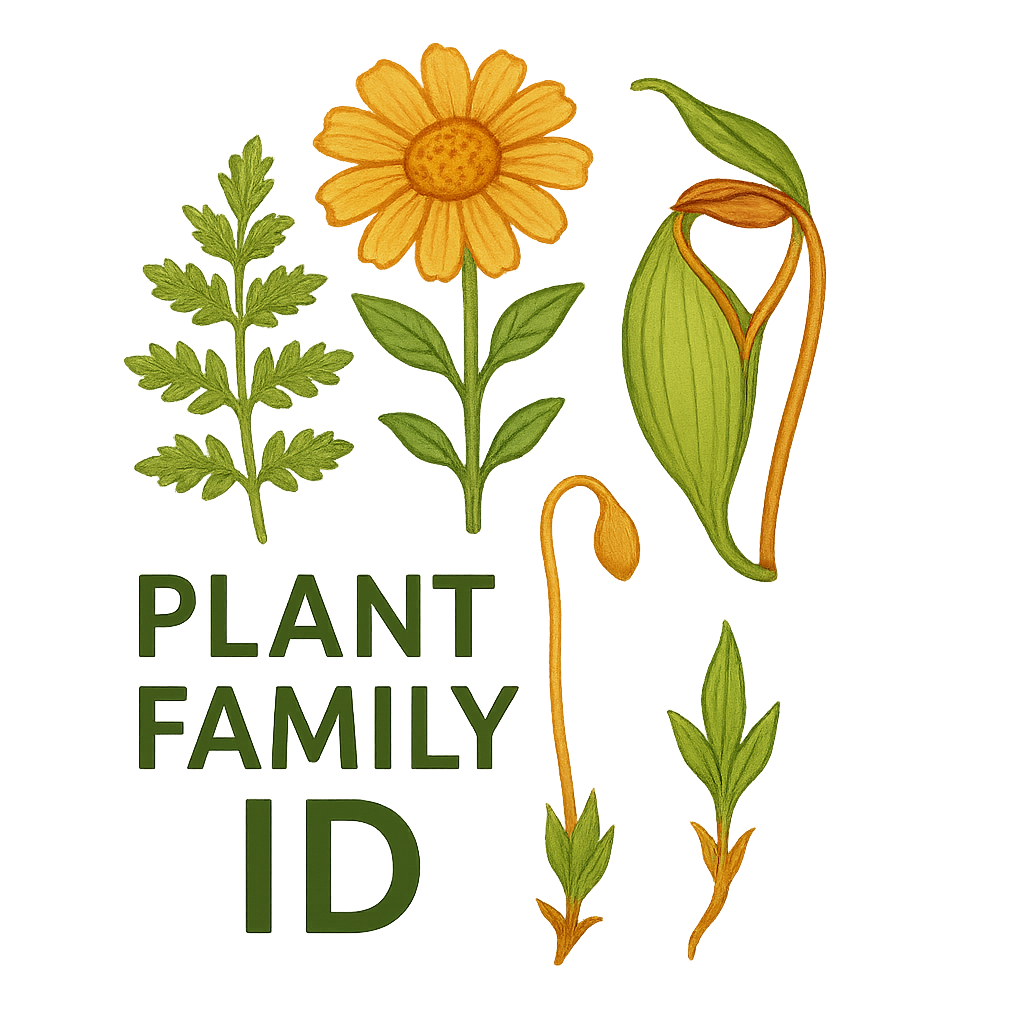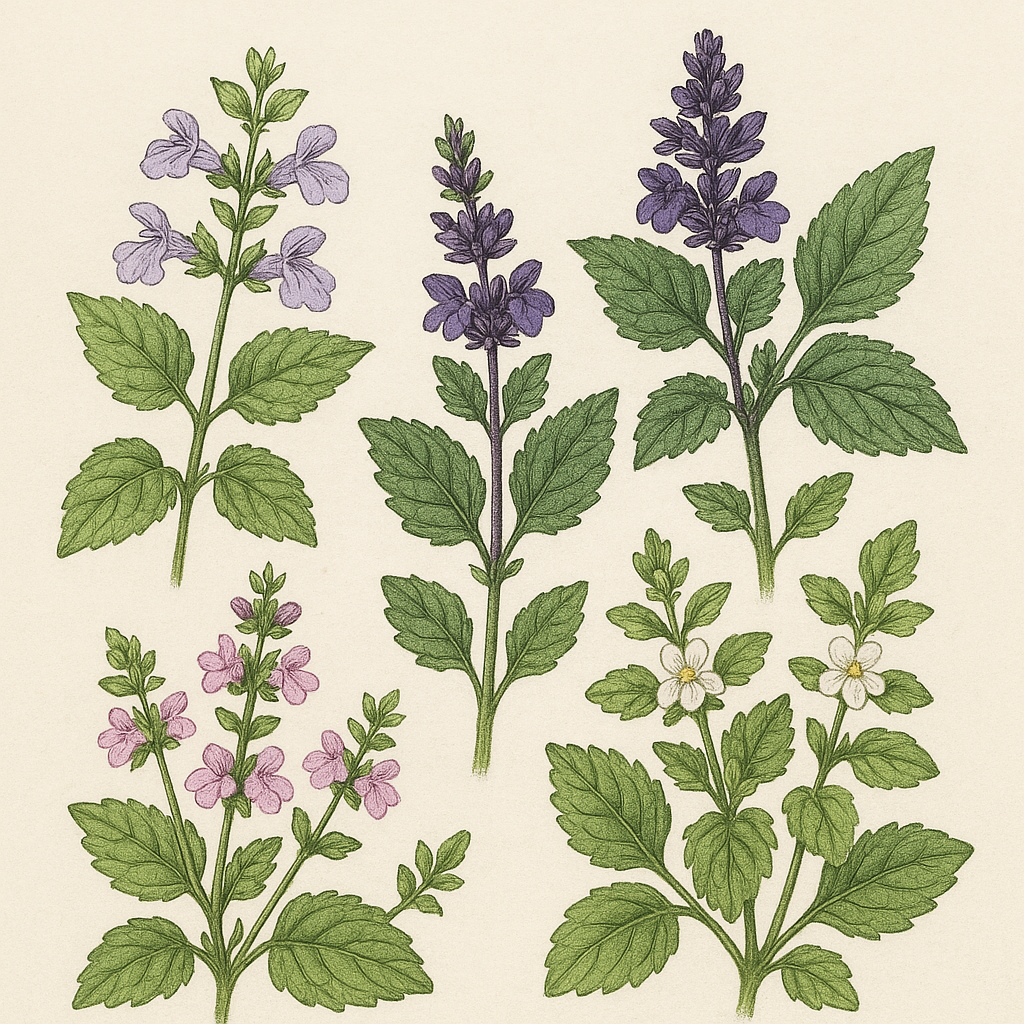Asteraceae
Sunflower Family
The Asteraceae or Compositae, commonly referred to as the sunflower family, is the largest family of flowering plants, with over 32,000 species distributed across 1,900 genera. This diverse and economically important family includes familiar plants such as sunflowers, daisies, chrysanthemums, marigolds, lettuce, and artichokes.

Overview
The Asteraceae family is characterized by its unique inflorescence structure, a composite flower head called a capitulum, which consists of many small individual flowers (florets) clustered together to form what appears to be a single flower. This evolutionary innovation has contributed to the family's remarkable success and diversity across nearly all terrestrial habitats worldwide.
Asteraceae plants are found on every continent except Antarctica and occupy diverse ecological niches from deserts to rainforests, mountains to coastal areas. The family's adaptive radiation has resulted in an extraordinary variety of growth forms, including annual and perennial herbs, shrubs, vines, and even small trees. Many species have developed specialized adaptations for seed dispersal, pollination, and defense against herbivores.
Beyond their ecological importance, Asteraceae plants have significant economic value. They are cultivated for food (lettuce, artichokes, sunflower seeds), medicine (echinacea, chamomile, calendula), ornamental purposes (daisies, zinnias, chrysanthemums), and industrial uses (sunflower oil, rubber from guayule). Some species are also important agricultural weeds, such as thistles, ragweed, and dandelions.
Quick Facts
- Scientific Name: Asteraceae (formerly Compositae)
- Common Name: Sunflower family, Daisy family, Composite family
- Number of Genera: Approximately 1,900
- Number of Species: Over 32,000
- Distribution: Worldwide, on all continents except Antarctica
- Evolutionary Group: Eudicots - Asterids
Key Characteristics
Growth Form and Habit
Asteraceae encompasses a wide range of growth forms, though most are herbaceous plants. The family includes annual, biennial, and perennial herbs, as well as shrubs, vines, and occasionally small trees. Many species have taproots or fibrous root systems, and some develop rhizomes or stolons for vegetative reproduction. The stems are typically erect but can also be prostrate or climbing, and they often contain latex or resin ducts.
Leaves
Leaves in the Asteraceae family show considerable variation but share some common features. They are typically alternate or opposite, though some species have basal rosettes or whorled arrangements. The leaves are usually simple but can be deeply lobed or compound, with margins that range from entire to serrate, dentate, or pinnatifid. Most lack stipules, and many have specialized glandular hairs that produce aromatic compounds or sticky resins. The venation pattern is typically pinnate or palmate.
Inflorescence
The most distinctive feature of Asteraceae is the capitulum or flower head, a specialized inflorescence that resembles a single flower but actually consists of many individual florets densely packed on a receptacle and surrounded by bracts (involucre). This structure represents an evolutionary innovation that has contributed significantly to the family's success. Capitula may occur singly or be arranged in secondary inflorescences such as corymbs, panicles, or racemes.
Two main types of florets occur in the capitulum:
- Disc florets: Actinomorphic (radially symmetrical), tubular flowers with five fused petals, typically found in the center of the capitulum.
- Ray florets: Zygomorphic (bilaterally symmetrical), strap-shaped flowers with a flattened corolla that extends outward like a petal, typically found around the periphery of the capitulum.
Capitula may contain only disc florets (discoid heads), only ray florets (ligulate heads), or a combination of ray florets surrounding disc florets (radiate heads). This arrangement creates the appearance of a single flower with "petals" (the ray florets) surrounding a central "eye" (the disc florets).
Flowers
Individual florets in Asteraceae are typically small and pentamerous (based on a plan of five). Each floret has the following characteristics:
- Calyx: Modified into a pappus, which may consist of scales, bristles, awns, or be absent. The pappus often aids in seed dispersal.
- Corolla: Five fused petals forming either a tube with five lobes (disc florets) or a strap-like structure with teeth at the tip (ray florets).
- Androecium: Five stamens with filaments attached to the corolla tube and anthers fused into a ring around the style (syngenesious).
- Gynoecium: A single inferior ovary composed of two fused carpels, containing a single ovule. The style passes through the anther tube and typically divides into two stigmatic branches.
Fruits and Seeds
The fruit in Asteraceae is a specialized type of achene called a cypsela, which develops from an inferior ovary and contains a single seed. The pappus, which develops from the modified calyx, often remains attached to the cypsela and aids in wind dispersal. The morphology of the cypsela and pappus varies considerably among genera and provides important taxonomic characters for identification.
Seed dispersal mechanisms in Asteraceae are diverse and include:
- Wind dispersal via pappus structures (e.g., dandelion's parachute-like pappus)
- Animal dispersal via hooks or barbs on the fruit surface (e.g., burdock)
- Adhesion to animals via sticky resins or glands
- Self-dispersal mechanisms such as explosive dehiscence
Chemical Characteristics
Asteraceae plants produce a diverse array of secondary metabolites, including:
- Sesquiterpene lactones: Bitter compounds that often serve as defensive chemicals against herbivores
- Polyacetylenes: Compounds with antimicrobial properties
- Inulin: A polysaccharide used as a storage carbohydrate instead of starch in many species
- Essential oils: Aromatic compounds often concentrated in glandular hairs
These chemical compounds contribute to the medicinal properties of many Asteraceae species and also serve ecological functions in defense against herbivores and pathogens.
Field Identification
Identifying members of the Asteraceae family in the field is relatively straightforward due to their distinctive flower heads. Here are key features to look for when identifying plants in this family:
Primary Identification Features
- Composite flower heads (capitula): The most distinctive feature of Asteraceae is the capitulum, which appears as a single flower but is actually composed of many small florets. Look for what appears to be a single flower with a central disc surrounded by "petals" (ray florets).
- Involucre of bracts: The base of the flower head is surrounded by a series of modified leaves called bracts, which form an involucre. The arrangement, shape, and texture of these bracts are important for identification of genera.
- Floret types: Examine the flower head to determine if it contains only disc florets (tubular), only ray florets (all strap-shaped), or a combination of both.
Secondary Identification Features
- Leaf arrangement: Check if leaves are alternate, opposite, or whorled on the stem.
- Leaf margins: Note whether the leaf edges are entire, toothed, lobed, or deeply divided.
- Presence of latex: Some Asteraceae members (particularly in the Cichorieae tribe) exude milky latex when stems or leaves are broken.
- Aromatic compounds: Many species have distinctive scents when leaves or stems are crushed.
- Pappus structure: If fruits are present, examine the pappus (modified calyx) at the top of the fruit, which may be composed of bristles, scales, awns, or be absent.
Seasonal Identification Tips
Asteraceae plants can be identified throughout the growing season:
- Spring: Look for basal rosettes of leaves in many perennial species. Early-flowering genera like Taraxacum (dandelions) and Tussilago (coltsfoot) are distinctive.
- Summer: Peak flowering time for most Asteraceae. Examine the structure of fully developed capitula.
- Fall: Late-blooming genera like Solidago (goldenrods) and Symphyotrichum (asters) are prominent. Mature fruits with pappus structures are useful for identification.
- Winter: Persistent dried flower heads and fruits can help identify many species. Some species maintain distinctive basal rosettes through winter.
Common Confusion Points
Asteraceae flower heads can sometimes be confused with:
- Dipsacaceae (teasel family): Has similar dense flower heads but with opposite leaves and flowers with four stamens (vs. five fused stamens in Asteraceae).
- Apiaceae (carrot family): Has compound umbels that might superficially resemble some Asteraceae inflorescences, but individual flowers have separate petals and the leaves are typically compound.
- Scabiosa (pincushion flowers): Has flower heads resembling Asteraceae but belongs to Caprifoliaceae; distinguished by opposite leaves and four-lobed corollas.
Field Guide Quick Reference
Look For:
- Composite flower heads (capitula)
- Bracts forming an involucre at the base of the flower head
- Ray florets ("petals") and/or disc florets
- Five stamens with fused anthers
- Fruits with pappus structures
Key Variations:
- Radiate heads: both ray and disc florets (e.g., sunflower)
- Discoid heads: only disc florets (e.g., boneset)
- Ligulate heads: only ray florets (e.g., dandelion)
- Milky latex present in some tribes
- Aromatic compounds in many species
Notable Examples
The Asteraceae family includes a wide variety of economically and ecologically important plants. Here are some notable examples from different tribes within the family:
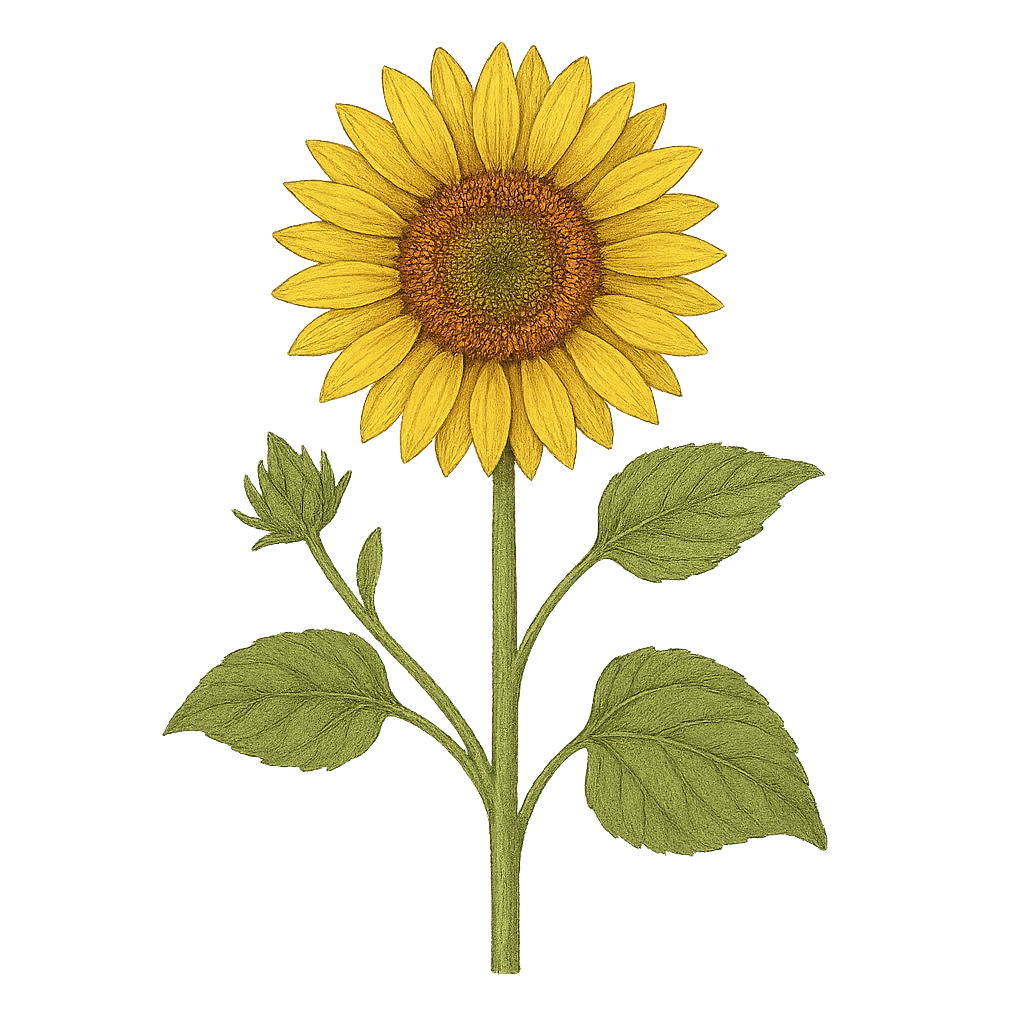
Helianthus annuus
Common Sunflower
The iconic sunflower is native to North America and is cultivated worldwide for its edible seeds, oil production, and ornamental value. Its large flower heads with bright yellow ray florets surrounding a disc of brown to purple-brown disc florets are instantly recognizable. Sunflowers exhibit heliotropism, with the flower heads tracking the sun's movement during development.
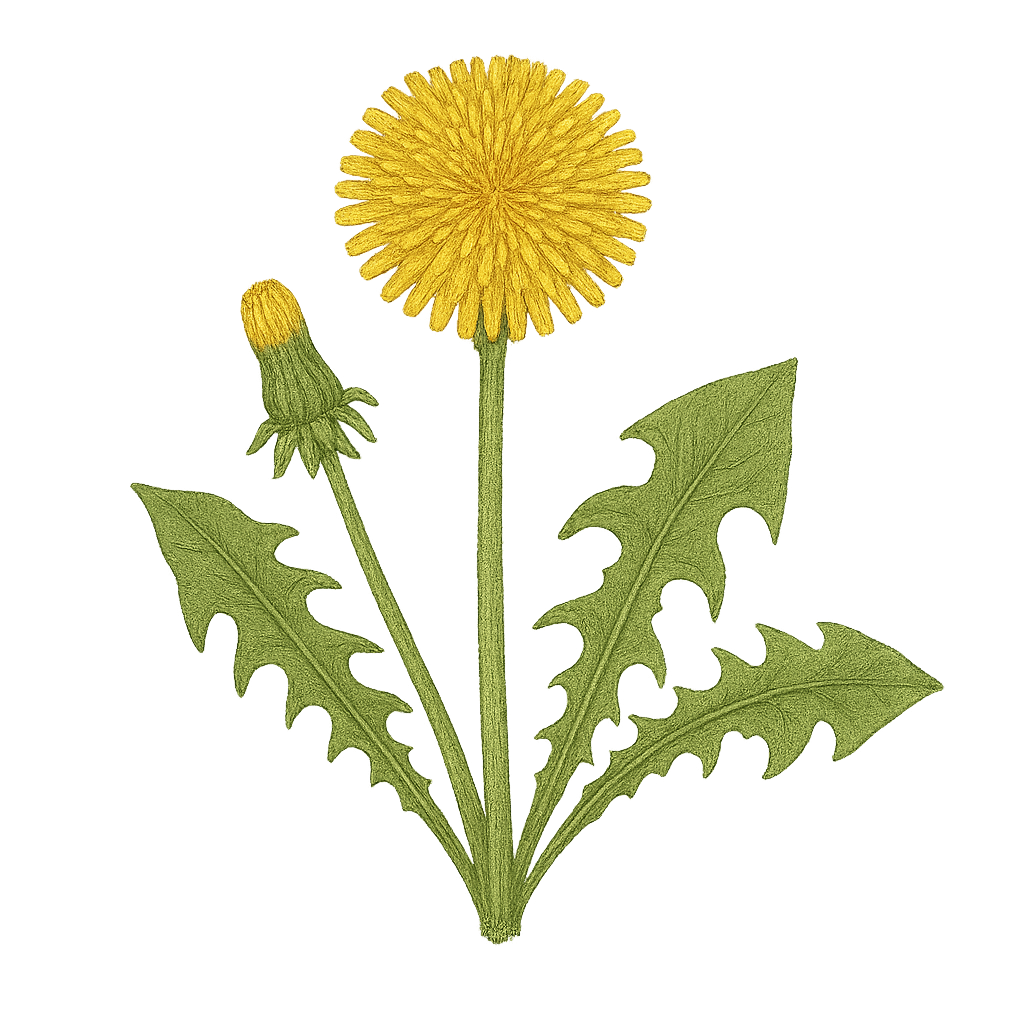
Taraxacum officinale
Dandelion
This common perennial herb is found worldwide and is recognized by its basal rosette of deeply lobed leaves, hollow stems containing milky latex, and bright yellow ligulate flower heads that mature into spherical seed heads with pappus-bearing fruits dispersed by wind. Despite being considered a weed in many contexts, dandelions have edible leaves and roots and medicinal properties.

Echinacea purpurea
Purple Coneflower
Native to eastern North America, this perennial herb is widely cultivated for its medicinal properties and ornamental value. It features distinctive flower heads with purple to pink ray florets surrounding a spiny, dome-shaped central disc of disc florets. Echinacea is used in herbal medicine to stimulate the immune system and has become one of the most popular herbal supplements worldwide.

Artemisia absinthium
Wormwood
This aromatic perennial herb is native to temperate regions of Eurasia and North Africa. It has silvery-gray, finely divided leaves and small, nodding, discoid yellow flower heads arranged in panicles. Wormwood contains thujone and other compounds that give it a bitter taste and medicinal properties. It is famously used in the production of absinthe and vermouth.
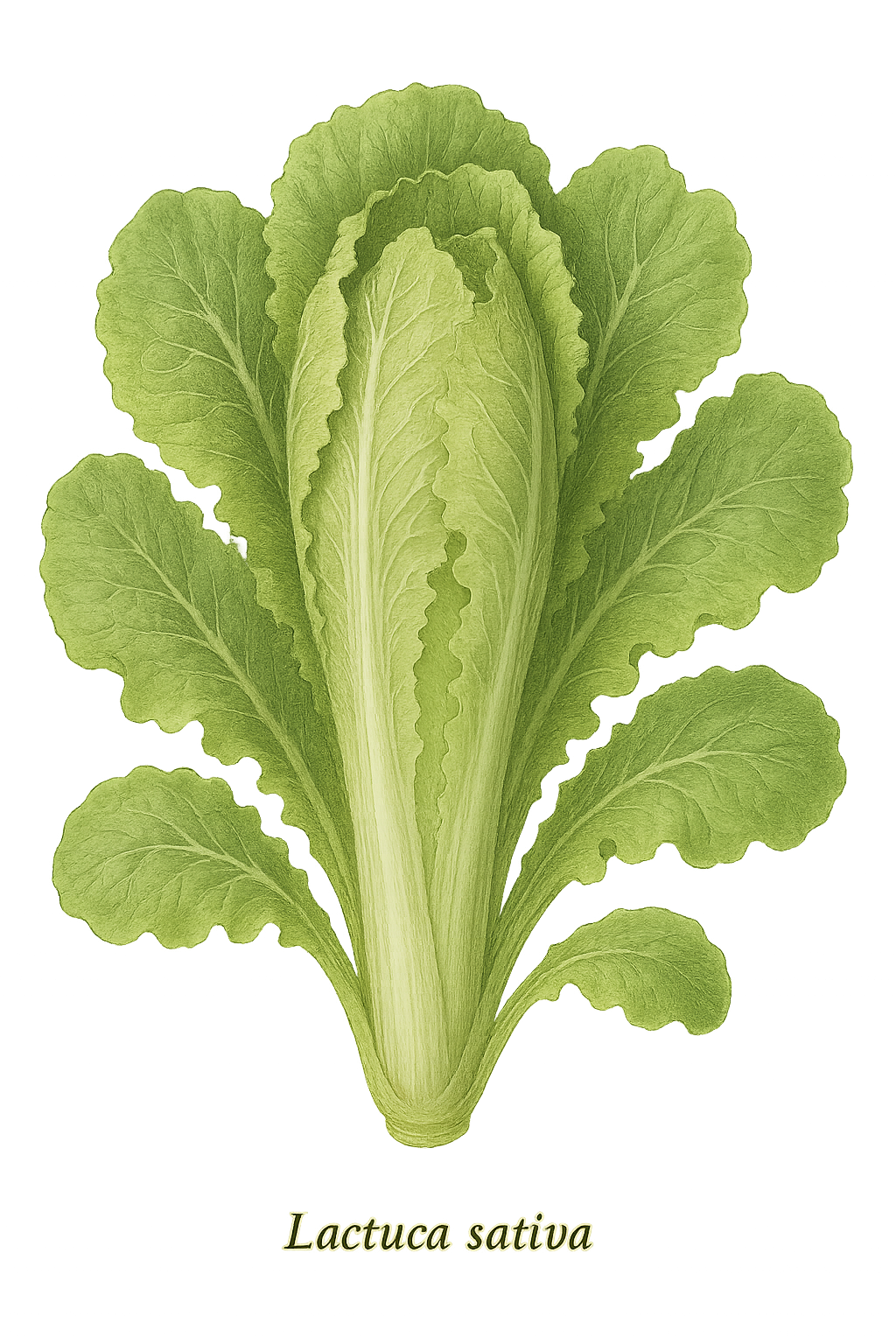
Lactuca sativa
Lettuce
This annual plant is one of the most important leafy vegetables worldwide. It forms a rosette or head of leaves and produces small, ligulate yellow flower heads in a branched inflorescence when it bolts. Lettuce contains milky latex in its tissues and is closely related to wild lettuce (Lactuca serriola). Various cultivars have been developed for different leaf textures, colors, and growth habits.

Ambrosia artemisiifolia
Common Ragweed
This annual herb is native to North America but has become an invasive species in many parts of the world. It has finely divided leaves and inconspicuous green flowers in separate male and female heads. Ragweed is notorious for producing abundant wind-dispersed pollen that causes severe allergic reactions in many people, making it a significant cause of seasonal allergies.
Phylogeny and Classification
Asteraceae is a member of the order Asterales within the eudicots, specifically belonging to the asterid clade. It is considered one of the most evolutionarily advanced families of flowering plants, with its origins dating to the Late Cretaceous period, approximately 80-90 million years ago. The family's remarkable diversification occurred primarily during the Oligocene and Miocene epochs (23-34 million years ago).
Modern molecular phylogenetic studies have helped clarify relationships within Asteraceae, which is now divided into 13 major subfamilies. The family's evolutionary success is attributed to several key innovations, including the capitulum inflorescence structure, specialized chemical defenses, and diverse mechanisms for pollination and seed dispersal.
Position in Plant Phylogeny
- Kingdom: Plantae
- Clade: Angiosperms (Flowering plants)
- Clade: Eudicots
- Clade: Asterids
- Order: Asterales
- Family: Asteraceae
Evolutionary Significance
The Asteraceae family represents one of the most successful evolutionary radiations among flowering plants. Key evolutionary innovations include:
- Capitulum structure: The condensed inflorescence mimics a single large flower, attracting pollinators more efficiently while producing many seeds from a single pollination event.
- Secondary metabolites: Diverse chemical compounds provide defense against herbivores and pathogens.
- Specialized pappus: Modified calyx structures facilitate effective seed dispersal by wind, animals, or water.
- Ecological adaptability: Members of the family have adapted to diverse habitats from deserts to wetlands, alpine regions to tropical forests.
